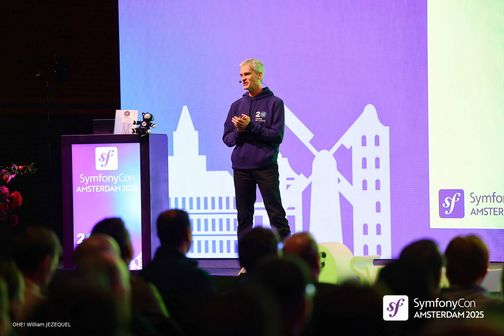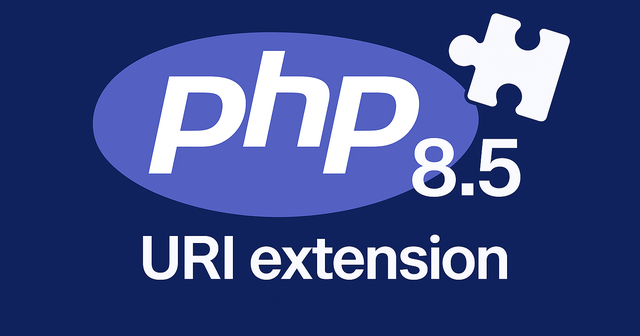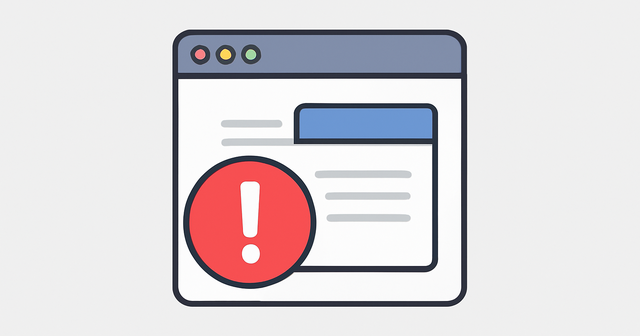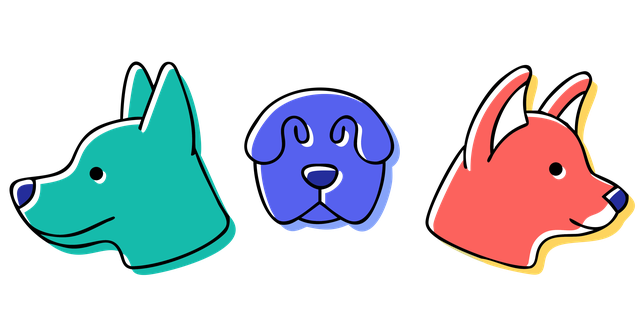SemVer vs. CalVer: Which Versioning Strategy is Right for You?

SemVer ensures stability for libraries, while CalVer aligns projects with release cycles. Learn the key differences and best use cases to optimize your versioning strategy.
Understanding Software Versioning: SemVer vs. CalVer
When managing software projects, choosing the right versioning strategy is critical to maintain stability, communicate changes effectively, and align with the needs of developers and users. Two of the most widely used versioning schemes are Semantic Versioning (SemVer) and Calendar Versioning (CalVer). Understanding the differences between these two can help software teams implement best practices and improve long-term maintainability.
This article explores the differences between SemVer and CalVer, when to use each, and why combining them strategically can benefit your Symfony applications, PHP libraries, and enterprise software.
What is Semantic Versioning (SemVer)?
Semantic Versioning (SemVer) follows a structured versioning format: MAJOR.MINOR.PATCH (e.g., 1.4.2). The core principles of SemVer are:
MAJOR version increases when incompatible API changes are introduced.
MINOR version increases when functionality is added in a backward-compatible manner.
PATCH version increases when bug fixes are made.
Why is SemVer Important for Libraries and APIs?
SemVer provides clear guidelines for managing breaking changes, ensuring that users of a library or package understand the impact of updates. It’s widely used for open-source libraries, frameworks, and APIs because:
Developers can trust that a minor or patch update will not break their implementation.
It encourages stable public APIs by enforcing rules for version increments.
Dependency management tools (like Composer, NPM, or pip) can safely resolve updates without unexpected issues.
Best Use Cases for SemVer
PHP packages & bundles (e.g., Symfony Components)
APIs and SDKs that require strict backward compatibility
Open-source libraries where structured versioning prevents breaking changes
Frameworks that other applications depend on
For PHP and Symfony development, following SemVer ensures API stability, making it easier for teams to upgrade dependencies without fear of breaking their projects.
What is Calendar Versioning (CalVer)?
Calendar Versioning (CalVer) ties version numbers to dates rather than API changes. A common format is YYYY.MM.PATCH (e.g., 2024.1.0), where:
YYYY represents the year of release.
MM represents the month (or
Xfor major releases).PATCH (optional) is an incremental number for patches within a release cycle.
Possible CalVer Formats and Their Usefulness
CalVer offers flexibility in structuring version numbers, with several possible outcomes:
YYYY – Full year (e.g.,
2006,2016,2106)YY – Short year (e.g.,
6,16,106)0Y – Zero-padded short year (e.g.,
06,16,106)MM – Short month (e.g.,
1,2,11,12)0M – Zero-padded month (e.g.,
01,02,11,12)WW – Short week since start of the year (e.g.,
1,2,33,52)0W – Zero-padded week (e.g.,
01,02,33,52)DD – Short day of the month (e.g.,
1,2,30,31)0D – Zero-padded day (e.g.,
01,02,30,31)
Why is CalVer Beneficial for Applications?
CalVer aligns versioning with release cycles rather than API stability. This is useful for:
Enterprise software with predictable release cadences.
SaaS platforms that evolve continuously.
Internal business applications that prioritize iteration over API compatibility.
Operating systems (e.g., Ubuntu
24.04means April 2024).
Best Use Cases for CalVer
Web applications and platforms (e.g., Symfony-based web applications)
Business software where frequent updates are expected
Infrastructure tools (e.g., Kubernetes, Docker, Terraform)
OS distributions (e.g., Ubuntu, macOS, Windows)
CalVer makes it easy to track when a version was released, helping teams plan and manage upgrades efficiently.
Why Use SemVer for Libraries and CalVer for Projects?
While both strategies have their place, mixing them strategically can enhance software maintainability and improve SEO for software development best practices.
✅ Use SemVer for Libraries, Bundles, and Packages
Guarantees backward compatibility and allows developers to manage dependencies effectively.
Ensures that package managers can safely resolve updates.
Provides a structured approach to handling API changes.
✅ Use CalVer for Projects and Applications
Aligns with release schedules instead of API stability.
Makes it clear when a version was released, aiding in long-term support (LTS) tracking.
Helps teams plan upgrade strategies based on time rather than API changes.
Example in a Symfony-based Environment
Imagine you are developing a Symfony-based platform with various custom bundles:
Your application (main project): Uses CalVer (
2024.2.0for February 2024 release)Custom Symfony bundles: Use SemVer (
2.1.3for a minor update with bug fixes)
This setup ensures that external dependencies follow stable versioning rules, while your application’s versioning aligns with business release cycles.
SEO Optimization: How Versioning Impacts Software Development Trends
For those looking to optimize software management, using the right versioning strategy can improve workflow efficiency and long-term maintainability. Search queries related to "SemVer vs CalVer", "best versioning strategy for PHP", and "how to version Symfony applications" often trend among developers.
By structuring your software releases effectively, you ensure your team benefits from:
Predictable updates
Improved dependency management
Better long-term maintenance
Conclusion: Which Versioning Strategy Should You Choose?
Choosing the right versioning strategy can make a significant difference in how software is maintained and updated. SemVer is the gold standard for libraries and packages, ensuring compatibility and stability for dependent projects. CalVer is the better choice for applications and internal software, making releases predictable and easier to manage.
By strategically using SemVer for reusable components and CalVer for evolving applications, you can balance stability with agility, providing a better experience for both developers and users.







